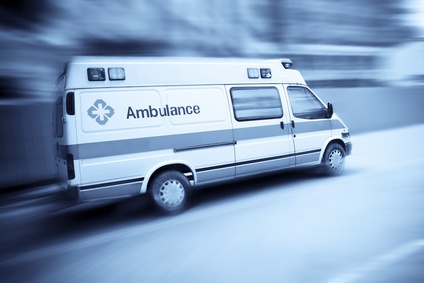The coronavirus pandemic has had a negative impact on the most pressing cardio and neurological emergencies, such as strokes or aortic dissection. These emergencies are normally treated in high complexity centers, which is why it is relatively simple to analyze the number of transfers before and after the pandemic.

For some time, care centers have been using emergency activation protocols to bypass admission bureaucracy and bed availability checking in case of critical patient transfer, such as patients with ST elevation MI, acute stroke or aortic emergencies (aneurysms or dissections).
During the pandemic, there have been changes in activation criteria, transfer availability and the capacity of specialized services to treat emergencies.
Emergency daily transfers were stratified in “historical” (between January 2019 and March 2020) and “intra-pandemic” (March to May 2020).
Read also: SOLACI Webinar | Nurses and Technicians | Structural Interventionism.
The study looked at the three types of cardiovascular emergencies separately.
The number of daily transfers dropped to nearly half during the pandemic compared against baseline (4.2±2.2 a 2.5±1.5; p<0.001).
Subgroup analyzis showed similar relative reductions for the three types of emergencies, though aortic emergencies did not reach significance, probably because of the low number of cases (lower than 1 per baseline day).
Read also: Temporary Emergency Guidelines for Infarction During the Pandemic.
Patients might not be consulting because of fear of catching the infection of because they assume the regular services will not be available.
Whatever the reason, the impact in public health care is substantial and global, and with multiple reports of a significant increase in sudden deaths at home.
Many of these deaths could be Covid-19 cases, but they could also be infarctions, strokes or aortic emergencies following their natural course.
These findings highlight the importance of public health education for these patients to be able to continue coming to hospitals when experiencing serious symptoms such as chest pain, or symptoms associated to stroke.
CIRCOUTCOMES-120-006938-freeTítulo original: Impact of COVID-19 Pandemic on Critical Care Transfers for ST-Elevation Myocardial Infarction, Stroke, and Aortic Emergencies.
Referência: Umesh N. Khot et al. Circ Cardiovasc Qual Outcomes. 2020, article in press. doi: 10.1161/CIRCOUTCOMES.120.006938.
Get the latest scientific articles on interventional cardiologySubscribe to our weekly newsletter
We are interested in your opinion. Please, leave your comments, thoughts, questions, etc., below. They will be most welcome.





